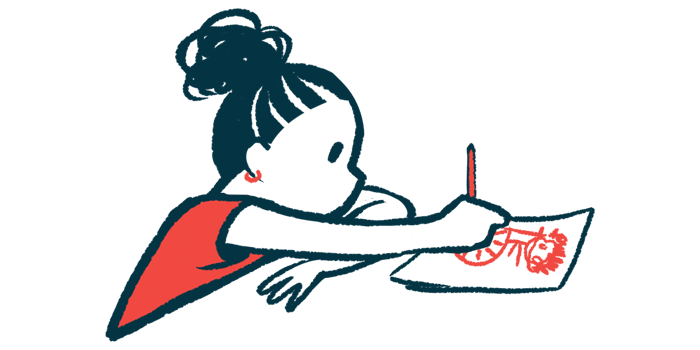Child with Hypoparathyroidism Has Kidney, Parathyroid Transplant
Written by |

The dual transplant of a kidney and a parathyroid gland was safe and effective at restoring parathyroid hormone (PTH) levels and turning back kidney disease, in an 11-year-old girl with congenital hypoparathyroidism and renal failure, a case study reports.
“Simultaneous living donation and transplantation of a kidney and a parathyroid gland into a child is safe and feasible and has the potential to cure primary hypoparathyroidism as well as kidney failure,” the researchers wrote.
The study, “Simultaneous Kidney and Parathyroid Transplantation in the Management of Genetic Hypoparathyroidism in a Child,” was published in Transplantation Direct.
Hypoparathyroidism is a rare disorder marked by low blood levels of PTH, a hormone responsible for regulating calcium and phosphorus levels. The condition typically results from damage to the parathyroid glands during surgery.
However, in a few cases, the cause stems from genetic factors, as in autosomal dominant hypocalcemia (ADH). A type of congenital (from birth) hypoparathyroidism, ADH is caused by mutations in the CASR gene, which carries information for the calcium-sensing protein CASR. People with mutations in this gene have low levels of PTH in the blood because the calcium sensor mistakenly considers calcium levels to be high.
There are currently no long-term therapies that can replace nonfunctioning, or abnormally functioning, parathyroid glands. Also, the standard treatment of hypoparathyroidism with calcitriol — the active form of vitamin D that increases calcium blood levels — can lead to nephrocalcinosis, a disorder caused by too much calcium being deposited, injuring the kidneys.
A research team in the U.K. described the first simultaneous transplant of a kidney and parathyroid gland from a living donor to a child.
The girl was born with a mutation in the CASR gene (c.2528C>A), which leads to a different amino acid (the building blocks of proteins) in CASR. This mutation has been previously reported in several patients with ADH type 1.
She was treated with cholecalciferol, vitamin D3, and Forteo (developed by Eli Lilly), a lab-made version of PTH administered through a pump system to manage her low calcium levels and PTH.
However, her blood PTH concentrations stayed low despite constant PTH dosage adjustments. Also, she had repeated episodes of hypocalcemia (low calcium), a condition that causes muscle cramps, fatigue, and seizures, among other symptoms.
By age 11, the girl developed end-stage kidney disease — an advanced stage wherein the kidneys can no longer function. There were no signs of nephrocalcinosis, and its underlying cause remained unknown, however.
Her doctors decided to proceed with the kidney and a parathyroid gland transplant from her 43-year-old father after genetic testing confirmed he didn’t have the CASR mutation. The parathyroid gland from the father was divided into 12 pieces and transplanted into the girl’s abdominal wall muscle.
Days after surgery, infused PTH was adjusted to stimulate hormone production by the new gland. Consequently, the girl’s PTH levels increased and the pump was stopped completely about five months after the transplant.
At the follow-up visit, 12 months post-surgery, she was clinically very well, her doctors said. She had a normal PTH level of 32 nanograms per liter (ng/L; normal range, 10–65 ng/L) and a near-normal blood calcium level of 2.24 millimoles per liter (mmol/L) (normal range, 2.25–2.75 mmol/L). Her kidney function remained stable.
The girl’s father also had normal serum calcium and PTH levels, and has remained well.
“Our case report demonstrates that simultaneous parathyroid and kidney transplantation in children is safe and feasible and it should be offered to all children with congenital hypoparathyroidism and related kidney failure,” the researchers concluded.





